Where to Winter Wander - Scarborough seafront
In the first of a short series, Mark looks at a handful of the best places for a wildlife-themed winter wander on the Yorkshire coast and beyond. First up, the picturesque, often bracing, and surprisingly productive Scarborough seafront....
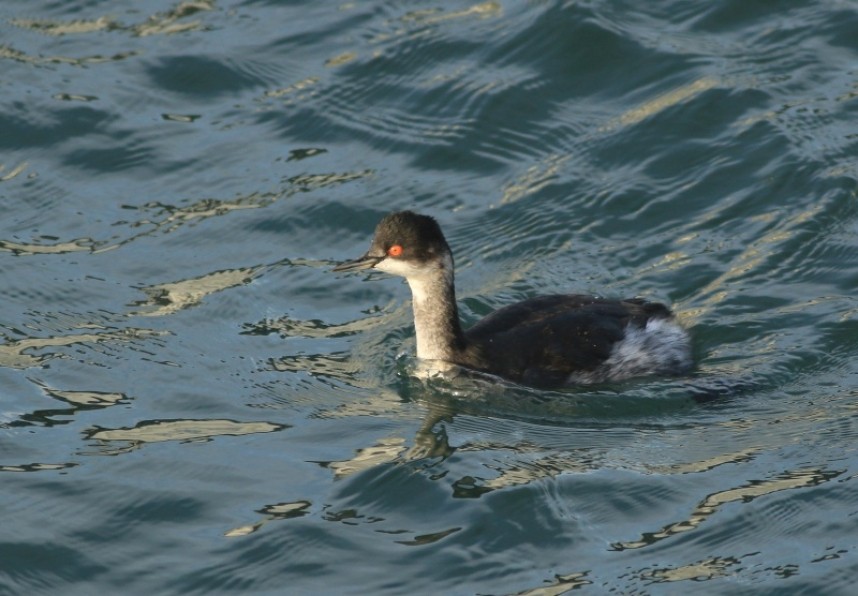
Black-necked Grebe © Mark Pearson
The raucous bustle of Scarborough's seafront in summertime is replaced with an altogether more laid back, relaxed atmosphere in the winter (although slot machines, fish and chips and cheap tat are still available for those who want them!), and it's a great place to spend an hour or two enjoying some special birds and wildlife.
Getting there is straightforward, with the train station and bus stops servicing routes from far and wide just fifteen minutes walk away, and free, ample parking on Marine Drive throughout the winter – which is exactly where I'd recommend starting your wander.
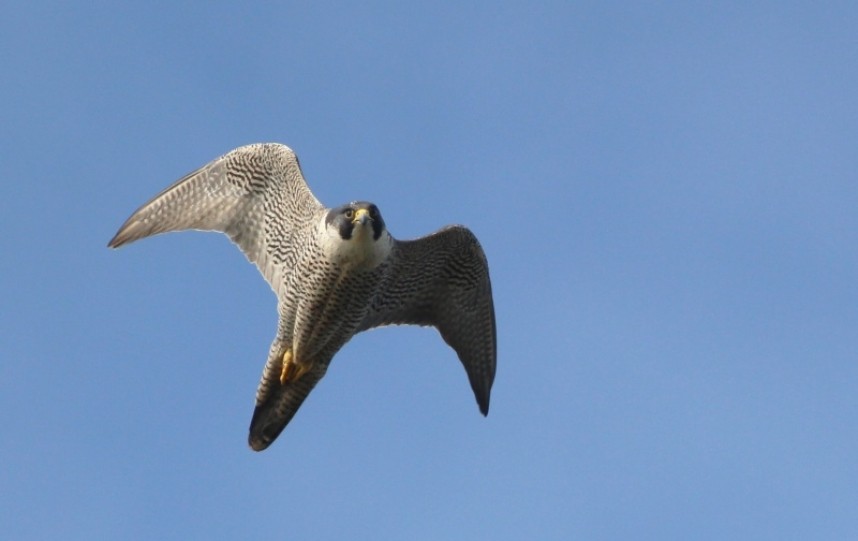
Peregrine Falcon © Mark Pearson
Beneath the cliffs of Castle Hill (and the ruins of the castle above it), look up and scan carefully along the upper ledges – this is often where the local Peregrines choose to kill their time (before or after killing their breakfast!), and may even treat you to a noisy fly-by. Look out for them chasing potential prey anywhere around you during your walk, particularly out over the waves or above the town.
The footpath here along Marine Drive (with the cliffs behind you) is a great place to stop and scan the open sea, and always provides good opportunities to enjoy wildlife, particularly on calmer days. This is one the best places along the Yorkshire coast – actually, one of the best places anywhere in the UK – to watch Harbour Porpoises, which are present all year round.
Porpoises – mini dolphins, although smaller, more unassuming and usually much more shy than their better known cousins – are cetaceans which, as the name suggests, favour inshore waters, and can often be seen surfacing and feeding off Marine Drive; you may get lucky and see good numbers, and look out for them at all distances, including very close in!
Harbour Porpoises have a brief, shallow 'roll' as their back breaks the waters's surface, revealing a small, triangular dorsal fin (like a black party hat on a tyre!), and are usually in ones, twos or threes at most; the latter often involves a mother and calf, with last year's calf also sometimes tagging along.
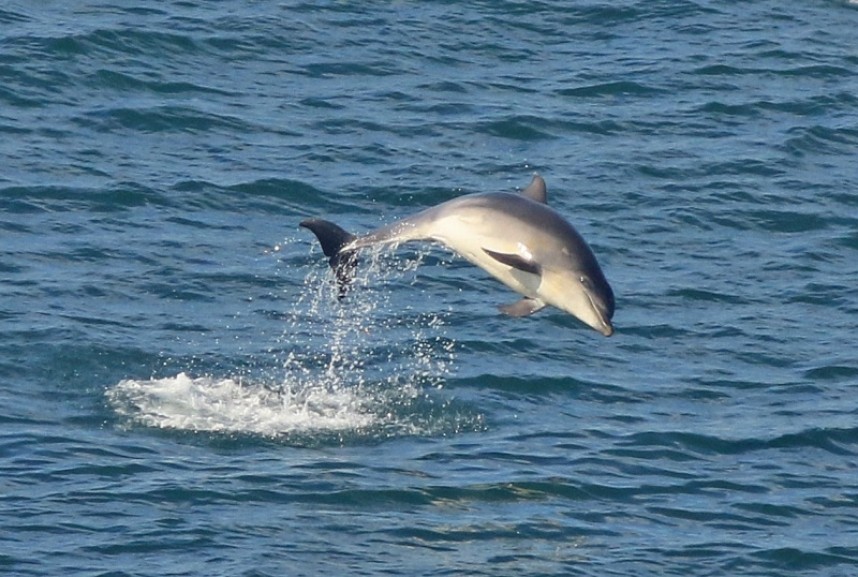
Bottle-nosed Dolphin © Mark Pearson
Rarely, however, do they form larger, close groups – this is more often a feature of Bottlenose Dolphins, which have become a much commoner sight off Scarborough and the Yorkshire coast in recent years. Indeed, just ten years ago, a report of dolpins here would have observers scrambling to the coast for a rare glimpse – now, however, not only do we seem them regularly, but they're often present through the winter, too.
Bottlenose Dolphins are sociable animals, and you may see them in small parties, in groups of perhaps a dozen or more, or even on occasion in large pods up to 50 or 60 strong, spread out across the area. Their large, swept-back, sickle-shaped dorsal fins are distinctive, and their all-dark appearance amplifies their large size. Youngsters are smaller with more modest dorsal fins comparable to Porpoises, but you'll always find them in close company with adults. If you're lucky, you may see them breaching, playing and putting on a great show, especially on calmer days.
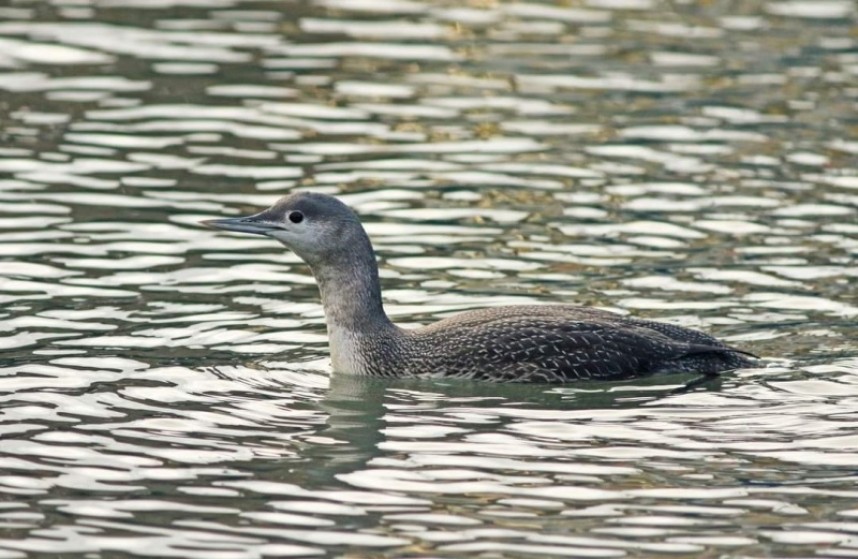
Red-throated Diver © Mark Pearson
Staying on Marine Drive, look out for various seabirds both on and over the waves (bring a telescope if you can, too, which will reveal more species a little further out). This is a particularly good spot for auks (Guillemot and Razorbill in particular), Red-throated Divers, Great Crested Grebes, and perhaps a seaduck or two – the most likely are Common Scoter and Eider, but keep your eyes open for a rarer visitor such as Velvet Scoter or Long-tailed Duck. Both Cormorants and Shags are often present – a good opportunity to test your ID skills!
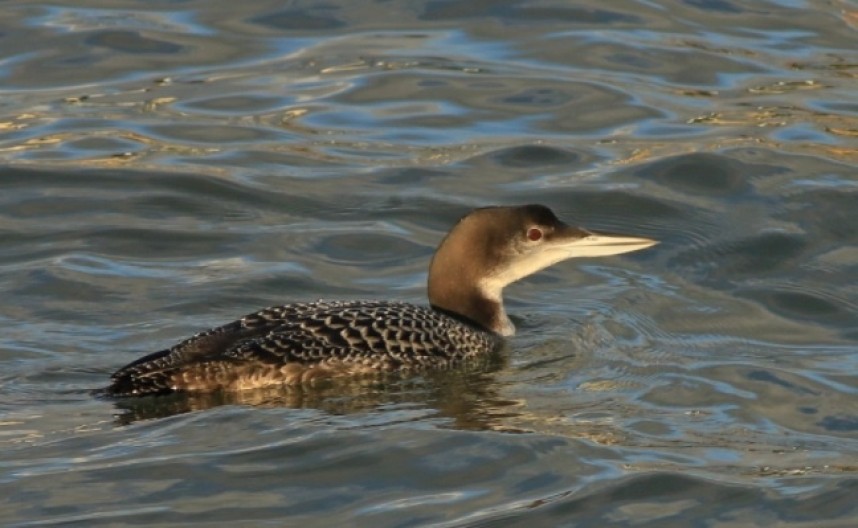
Great Northern Diver © Mark Pearson
Various gulls will be present here, too, with even better chances to see them close-up at the nearby harbour, just a couple of minutes along the seafront to the south. Black-headed and Common are often nearby, the odd Kittiwake may put in an appearance (although almost all will be way out on the open oceans), while Herring and Great Black-backed are the default large gulls - but in winter always check for their rare 'white-winged' relatives from the far north, Glaucous and Iceland Gulls.
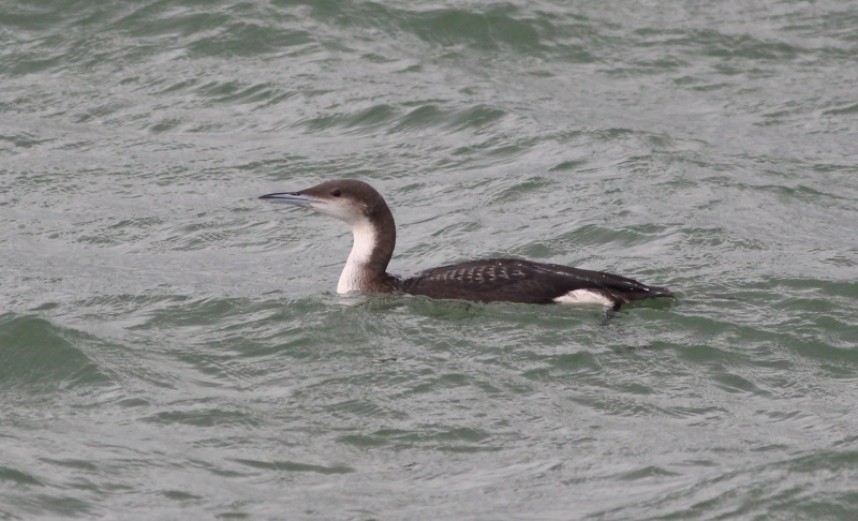
Black-throated Diver © Mark Pearson
In the harbour itself, check the calm waters for various species seeking shelter – Shags, Cormorants, auks, and hopefully a diver (see my last YCN blog article). Any of the three species can turn up here, although Great Northern is the most regular, and the harbour usually hosts at least several over the winter months, often for a few weeks at a time. Rarer species that have occured here include Black-necked Grebe and Long-tailed Duck, so keep your eyes open to possibilities!
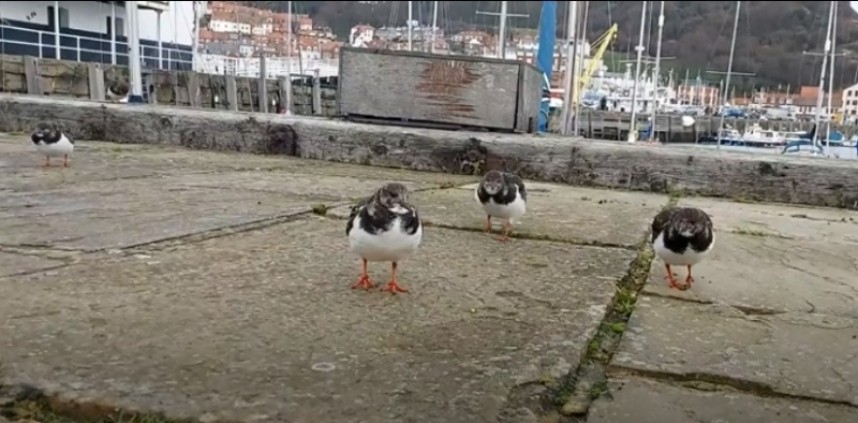
Turnstone © Mark Pearson
Look out from the harbour entrance and into South Bay for more divers, auks and perhaps a seaduck or a grebe, and while you're doing so, you may well be joined by the often extremely tame and accommodating Turnstones that winter here: full of character and truly remarkable birds that choose Scarborough for their winter holidays – balmy compared to their Arctic breeding grounds!
Finally, spend a while checking the sea defences on the outer, eastern side of the harbour – at first glance, it may not look like there's any activity, but (at high tide especially) this is a reliable spot for Purple Sandpipers, another charismatic Arctic wader species that favours the Yorkshire coast in winter. Well, can you blame them?
YCN Birding and Wildlife Guide
To book Mark as your bespoke guide here or at other locations, just call Richard Baines 07747753260 or email richard.baines@yorkshirecoastnature.co.uk



 Back to Blog
Back to Blog
